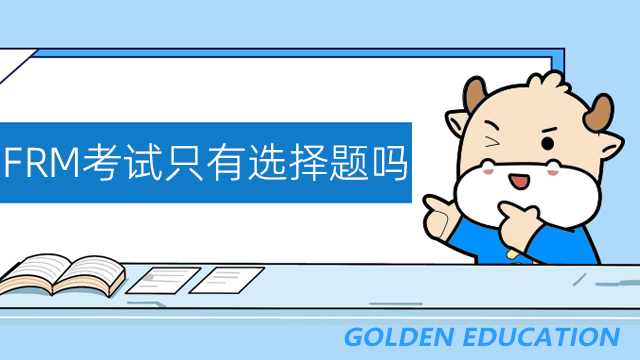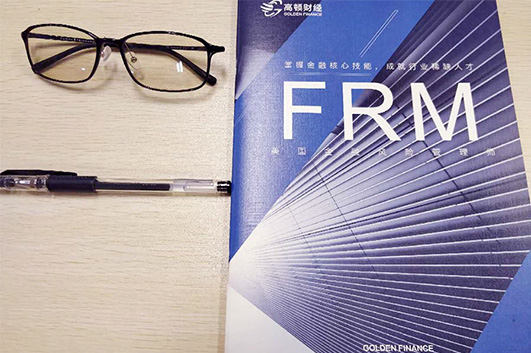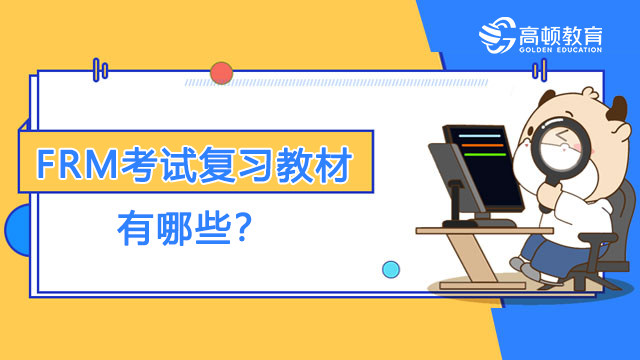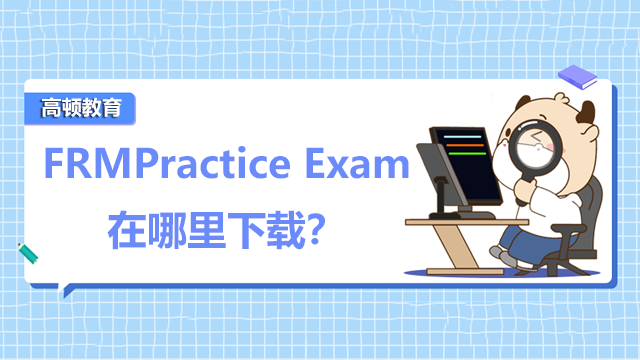一级评级变化对于公司证券价格的影响
来源:
高顿网校
2014-11-05
Impact of Rating Changes on Corporate Security Prices
1 Principles
If ratings bring information about the credit quality of firms, a change in rating should lead to reassessment of the firm’s risk by market participants and therefore to changes in the prices of corporate securities such as bonds and equity issued by firm.
2 Effect of Rating Changes on Bond Prices
2.1 Basic Viewpoint
Generally speaking, bond yields are closely correlated with ratings because the riskier a fixed income security, the higher the yield investors will require before they buy it.
2.2 Effect of Upgrade (Less Statistically Significant) and Downgrade (Statistically Significant)
An upgrade is likely to have a positive impact on bond prices while a downgrade is likely to have a negative impact on bond price. Most articles rely on event study methodologies and report a statistically significant underperformance of recently downgraded bonds. However, recently upgraded bonds tend to exhibit overperforming returns, but this result is generally less statistically significant. Note that the findings are very sensitive to the frequency of observation (monthly bond return versus daily) and the possible “contamination” of rating changes by other events impacting on bond prices. For example, if a firm is downgraded at the beginning of a month and announces a substantial restructuring during the same month, the negative price impact of the rating may be compensated for by a positive change linked to the restructuring. Overall the price may rise during the observation month although the actual event of interest (downgrade) had the expected negative effect.
3 Effect of Rating Changes on Stock Prices
3.1 Basic Viewpoint
The impact of rating changes on stock prices is less obvious than that on bond prices. If rating changes leave the value of the firm unchanged, then equity prices should jump in the opposite direction to bond prices. However, there is no reason to believe that rating revisions should not affect the value of the firm. For example, bankruptcy costs can lead to a drop in the value of the firm as the probability of default increases and some of the value is transferred to third parties (lawyers, etc.). As a result, many articles indeed report falls in the value of equity.
3.2 Effect of Upgrade (Less Statistically Significant) and Downgrade (Statistically Significant)
A persistent finding is that downgrades affect stock prices significantly while upgrades do not. One possible reason for this could be that firm’s managers tend to divulge good news and retain bad news so that an upgrade is more likely to be expected than a downgrade. Another alternative would be asymmetric utility functions with downside risk priced more dearly than upside potential.
4 Example
4.1 Concept Checkers in Schweser Study Notes
With respect to the effect on the price of a bond, the effect of a rating upgrade will probably:
A. Be positive and stronger than the downward effect of a bond downgrade
B. Be positive and weaker than the downward effect of a bond downgrade
C. Have about the same negative effect, in absolute value terms, as a bond downgrade
D. Be negative and about equal to that of a bond downgrade.
Answer: B
A rating upgrade will have a positive effect on the bond’s price, but the negative effect of a rating downgrade is generally stronger.
Reference:
1) Arnaud de Servigny, Measuring and Managing Credit Risk
2) Schweser Study Notes

扫一扫微信,*9时间获取2014年FRM考试报名时间和考试时间提醒
高顿网校特别提醒:已经报名2014年FRM考试的考生可按照复习计划有效进行!另外,高顿网校2014年FRM考试辅导高清课程已经开通,通过针对性地讲解、训练、答疑、模考,对学习过程进行全程跟踪、分析、指导,可以帮助考生全面提升备考效果。
报考指南:2014年FRM考试报考指南
免费题库:2014年FRM考试免费题库
考试辅导:FRM考试招生专题
高清网课:FRM考试网络课程
报考指南:2014年FRM考试报考指南
免费题库:2014年FRM考试免费题库
考试辅导:FRM考试招生专题
高清网课:FRM考试网络课程
版权声明:本条内容自发布之日起,有效期为一个月。凡本网站注明“来源高顿教育”或“来源高顿网校”或“来源高顿”的所有作品,均为本网站合法拥有版权的作品,未经本网站授权,任何媒体、网站、个人不得转载、链接、转帖或以其他方式使用。
经本网站合法授权的,应在授权范围内使用,且使用时必须注明“来源高顿教育”或“来源高顿网校”或“来源高顿”,并不得对作品中出现的“高顿”字样进行删减、替换等。违反上述声明者,本网站将依法追究其法律责任。
本网站的部分资料转载自互联网,均尽力标明作者和出处。本网站转载的目的在于传递更多信息,并不意味着赞同其观点或证实其描述,本网站不对其真实性负责。
如您认为本网站刊载作品涉及版权等问题,请与本网站联系(邮箱fawu@gaodun.com,电话:021-31587497),本网站核实确认后会尽快予以处理。
点一下领资料
FRM二级(综合)精选习题
真题高频考点,刷题全靠这份资料
下载合集
FRM最新知识图谱框架图
梳理核心考点,一图看懂全部章节
下载合集
金融英语专业词汇(含解释)
全科英语词汇汇总,备考按照计划走
下载合集
FRM备考 热门问题解答
- frm学出来可以做什么工作?
-
各大银行是金融管理专业的一个就业方向,frm金融管理专业学生主要学习货币银行学、国际金融等方面的相关知识,适合在各大银行从事相关工作,这个方向的就业前景也非常可观,工作稳定,福利也很好。
- frm一共考几门?
-
FRM考试共两级,FRM一级四门科目,FRM二级六门科目。
- FRM金融风险管理师报名条件
-
There are no educational or professional prerequisites needed toregister.可以理解为,报名FRM考试没有任何的学历和专业的要求,只要是你想考,都可以报名的。
- frm考试形式
-
FRM考试为全英文考试,FRM一二考试均为机考。frm一级考试题型:一级100道选择题,frm二级考试题型:二级80道选择题。
严选名师 全流程服务
其他人还搜了
热门推荐
-
哪里能找到FRM考试内容真题?一文告诉你! 2023-09-04
-
frm题目有什么?如何准备考试? 2023-09-01
-
FRM历年真题解析!11月考生必看! 2023-08-31
-
2024年FRM考试内容分享!如何报名FRM考试? 2023-08-29
-
11月FRM考试题型有哪些?只有选择题吗? 2023-08-29
-
为什么FRM考前需要刷题?有哪些题库推荐? 2023-05-04
-
2024年FRM考试有什么变化?计算题会增多吗? 2023-04-11
-
FRM考试是单选题吗?备考FRM如何刷题? 2023-03-17
-
5月FRM备考该如何刷题?该刷哪些题? 2023-03-10
-
frm二级考试科目题型有什么?备考frm二级用到哪些教材? 2023-03-03
-
FRM考试只有选择题吗?为什么没有写作题? 2023-02-09
-
2023年FRM考试押题哪里有,这些考题必须做! 2023-02-08
-
frm考试题目类型是什么?考试难度大吗? 2023-02-03
-
FRM备考注意事项!哪些题目值得刷? 2023-01-24
-
FRM考试有几种题目类型?考试时要注意什么? 2023-01-09
-
FRM考试有几种题目类型?考试时要注意什么? 2023-01-09
-
FRM考试有多少道题?FRM练习题有哪些? 2022-12-08
-
2023年FRM考试题型有哪些?FRM考前有必要刷题吗? 2022-11-29
-
FRM真题示例!FRM习题值得做吗? 2022-11-10
-
FRM考试题型有哪些?都是选择题吗? 2022-11-07
-
FRM考试计算题难度大吗?要如何练习FRM计算题? 2022-10-24
-
FRM考试复习教材有哪些?FRM考试题型有哪些? 2022-10-19
-
FRMPractice Exam在哪里下载?考前刷题有哪些好处? 2022-10-18
-
frm试卷是什么题型?怎么参加FRM考试? 2022-10-08
-
frm一级题型有什么?如何准备一级考试? 2022-10-08
-
frm一级真题怎么找?一级需要多久备考? 2022-09-29
-
frm题型有什么?如何备考该考试? 2022-09-29
-
frm题库在哪里找?怎么提高做题速度? 2022-09-27
-
frm一级题型有什么?需要报班学习吗? 2022-09-27
-
frm都是选择题吗?考试怎么准备? 2022-09-27
 更多服务
更多服务




































